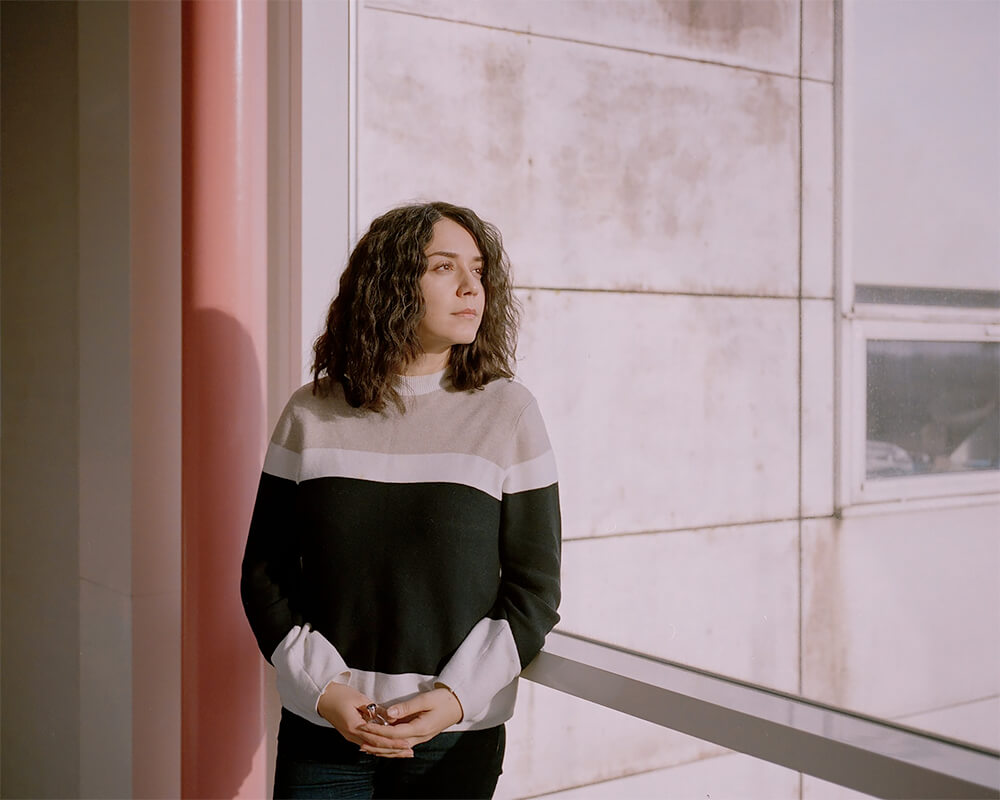Solmaz Daryani is an Iranian photographer and photojournalist, based between the UK and Iran. Her work is particularly known for exploring the themes of climate security, climate change, water crisis, human identity and environment. Daryani has worked internationally, covering social and environmental documentary stories in Iran, Afghanistan, Turkey and the United Kingdom. Her work has been published by international magazines and newspapers such as National Geographic Magazine, L'OBS Magazine, Foreign Policy Magazine, Polka Magazine, Zenith Magazine among others.
The Eyes of Earth (THE DEATH OF LAKE URMIA)
"A lake is earth's eye; looking into which the beholder measures the depth of his own nature." Henry David Thoreau
Lake Urmia is located in the northwest of Iran. It was once the biggest salt lake in the Middle East and sixth biggest salt lake on earth situated between two neighboring provinces (East-Azerbaijan and West-Azerbaijan) in Iran. Lake Urmia was home to many birds like ducks, pelicans, and flamingoes.10 years ago; the lake was still a popular destination for vacationers. Bathers immersed themselves in the saline water and smeared their bodies with its legendary black mud, which helped to treat skin disease.
My extended family on my mother's side born and lived in Sharafkhaneh port. The town used to be one of the heavily traveled touristic villages on the north coast of Lake Urmia. My grandfather had built a motel beside the lake, and my uncles were sailors. Less than a decade ago, my grandfather hosted dozens of tourists a day in the summers, with his two sons taking them on boat tours.
During the past 20 years, approximately 80% of this lake dried due to climatic changes, excessive development in the agriculture sector, lack of correct management of water consumption, and excessive dams constructed on the lake's basin river in this area. At the moment, hopes for the salt lake's survival have been revived after 2018 torrential rain has boosted a government program aimed at preserving it before it dries up.
The desiccation is one of the most unfortunate environmental disasters of Iran in recent years. It will increase the frequency of salt storms that sweep across the exposed lakebed, diminishing the productivity of surrounding land and encouraging farmers to move away. More than 4 million people live in two neighboring provinces (East-Azerbaijan and West Azerbaijan) around the lake and agriculture, animal husbandry, and handicraft making play a significant role in the region.
As the lake dried up, agriculture waned which caused my grandparent's garden dry and deserted. Lake's ducks; flamingos and pelicans have vanished, too. My childhood in Sharafkhaneh seems like a long time ago. The motel abandoned, and the almond trees have withered. The port today is a sparsely populated village where most people are old, and it no longer resembles the place where I left my childhood memories.
The project investigates the impacts of drying of Urmia Lake on people and the environment around it and to demonstrate environmental, economic, physical, and social changes that happened after lake shrinking. (the Year 2014-ongoing)
